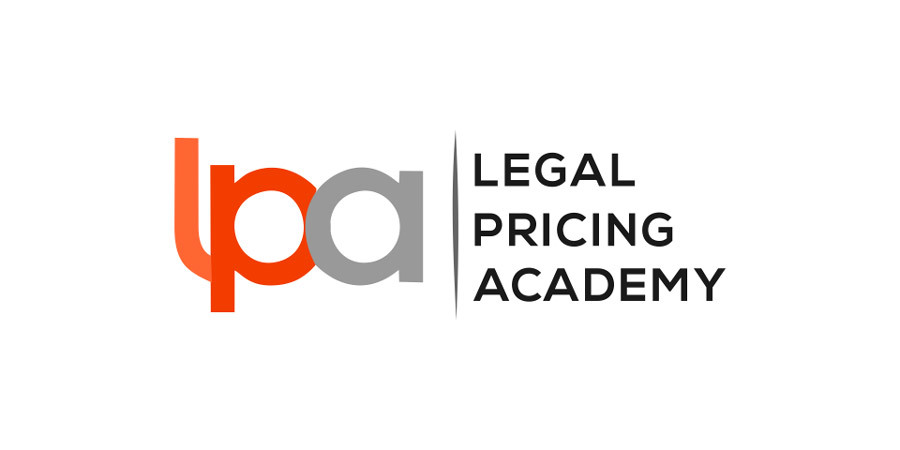When an in-house or other regular client asks you to “cut your fees,” you want to make sure you’re hearing what they’re asking for. I’d begin any response to such a question by asking what they hope to accomplish. Turn that request for a cut in fees into an opportunity to...
This blog draws on our extensive experience and it also references a 2012 published interview with Susan Hackett, former Senior VP and General Counsel of the American Association of Corporate Counsel, in which she was asked, “What do you do when your client asks you to cut your fees?”
What Are They Really Asking For?
A couple of weeks ago, a partner in a large London City firm we have been working intensively with, recounted a discussion with a client about a very small job he had been asked to do by the client relationship partner. The conversation with the client went something like this; “How much will this cost?” “You are looking at £2,000 to £4,000”. “You’ve got to be joking, that much!” “Okay, if you don’t like that, how about a fixed fee of £5,000?” “That sounds good, let’s go with that”.
What on earth just happened? If £2,000 to £4,000 was unacceptably high, why was £5,000 going to do the trick. Answer, quantum was largely irrelevant, it was the certainty that was the issue – in this case anyway. Perfect diagnosis equals optimal outcome, but this is rare. 99% would have recoiled from the clients’ abrupt response and instinctively yanked the discount lever or otherwise compromised, ceding substantial margin and still not addressing the clients’ real (but unarticulated) requirement.
When any regular client, particularly in-house clients ask you to “cut your fees,” you want to make sure you’re hearing what they’re asking for. I’d begin any response to such a question by asking what they hope to accomplish. Remember that if their answer is “more controlled or predictable cost,” the method by which to accomplish that may not be by cutting fees, but rather by examining how the work, matter over matter, might be better priced, staffed, processed or delivered.
These sorts of conversations between a client and a firm are often characterised by a level of comprehension dissonance, where the client thinks it is saying one thing, but the firm hears something else. That is usually because one or both sides aren’t listening properly, or aren’t asking the right questions or may be less than articulate, or less than specific, or may force what they’re hearing into a set of responses that is limited by their own experience and price conversation capability.
Take time to explore and understand what the client is actually asking for or looking to accomplish. Then, think about a variety of ways that you could respond, beyond “the discount.”
Know Your Costs and Your Worth; Which Part of ‘No’ Did You Not Understand?
Firms hearing their clients articulate a desire to control or lower the cost of their services need to understand their own cost of service production before they can respond. And they need to think about how valuable this client is (or isn’t) to the firm, since responding with something other than a discount could involve some major restructuring or re-staffing.
Sometimes, clients want cost reductions that are necessary to their business, but not possible for the firm to provide. If that is the case, just say no. Too many firms take on “loss leader” projects in the hope of continuing relationships with clients they wish to work for, or simply because they’ve never learned to say no to any business offered. But that’s a really bad strategy.
When you’re a UK Magic Circle or Silver Circle firm or an AmLaw 25 firm, you may be able to afford some loss leaders each year, especially if you want to take on the project for purposes other than profit, such as associate training or credibility in a new area of practice. But even then, I think it’s bad policy. Loss leaders “train” clients to believe that they can sustainably retain firms and pay less than the service is worth. I have seen a large number of ‘trophy’ clients who should have been ‘sacked’ by their firms a long time ago.
Do you honestly believe that if you offer clients work at 25 percent less than what it costs you to provide that they will agree to pay 25 percent more for it next time? Or 35 percent more when you institute your planned rate increases next year? The loss leader mentality also causes firms to focus attention on hourly rates, discounting and then “re-hiking” their fees, rather than on developing better business processes, pricing options, and staffing decisions that can deliver the client’s work at lower cost (rather than just a lower rate but with the same internal costs).
So here’s what your firm should be doing:
- Know your internal cost of service and whether “this or that kind of work” priced in “this or that manner” is profitable.
- Establish what it is you believe your services are worth (which is not necessarily the calculation of the rates of the lawyers applied to the stack of hours they billed to finish a project).
- Then budget and stick to those projections—even if it means saying no to some requests.
When you say no, you underscore (not undermine) your value, and demonstrate that while you understand the client’s cost pressures, you can’t deliver that work at the price they’re asking for. Offer them referrals to other firms that may be positioned to consider the work at that price. Then tell them what it is you can offer them at a predictable price or for a budgeted all-in fee. Clients appreciate candor and integrity.
Think Beyond the Discount...
If you’re a client who needs to talk with your firm about lowering or controlling costs, remember to be specific about what your goals are and what would be valuable to you, and avoid simply demanding a blanket discount on fees. You need to empower your firm to take on the responsibility for meeting your expectations by thinking about how it can structure its services and prices to meet your goals and needs.
If you’re a firm hearing a client say it wants to cut costs, make sure you understand what they’re really asking for before you jump to the conclusion that they want a discount on hourly rates. We all know that discounted fees rarely lead to “all-in” final cost control or reductions—all discounts do is seek “cheaper” rather than smarter, carefully crafted solutions, and they rarely work.
That’s because “valued” service is the result of collaborative conversations between firms and clients. So turn that request for a cut in fees into an opportunity to develop a richer and more valued relationship that is sustainable for the firm and that drives the results that clients crave.

